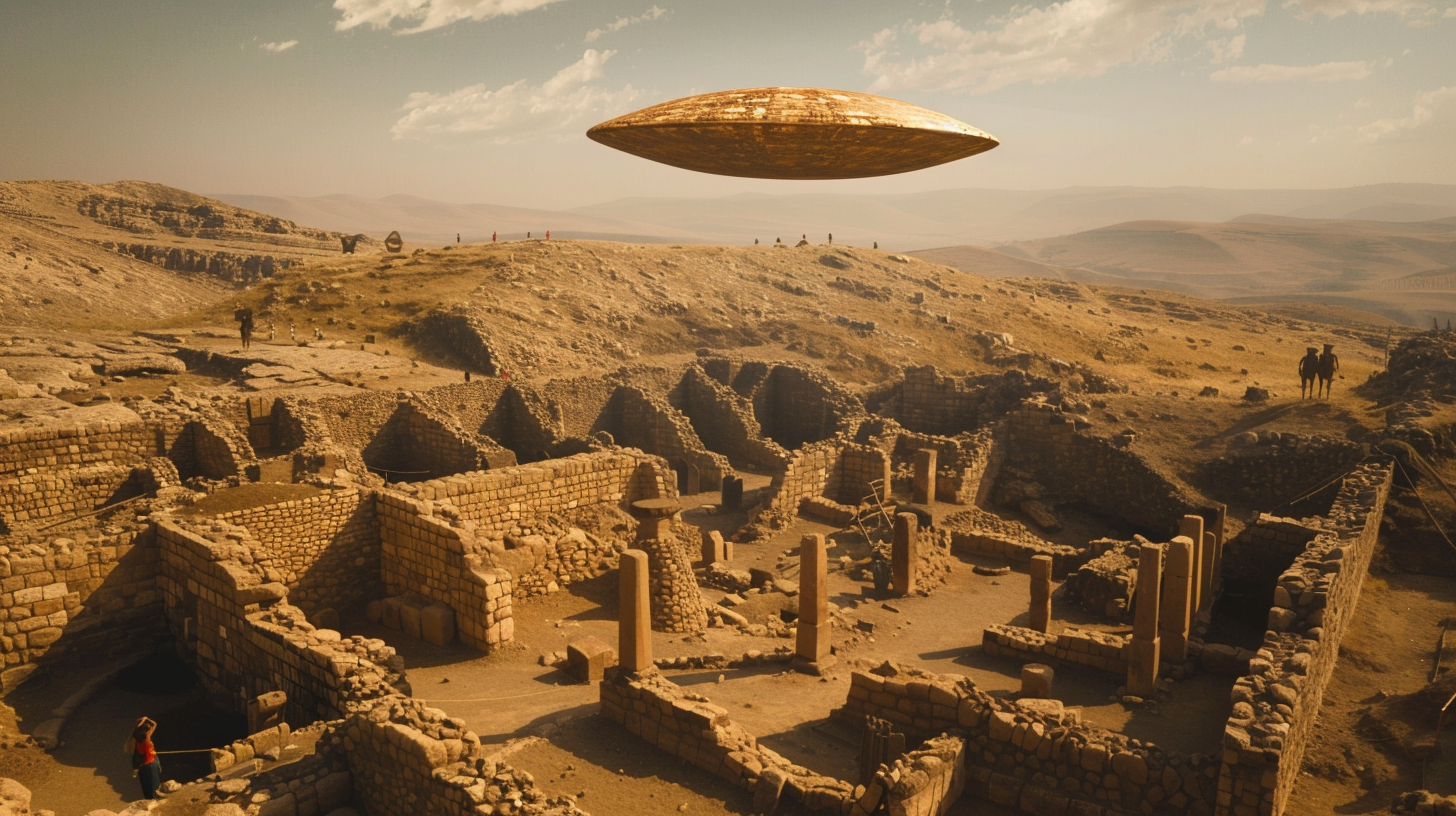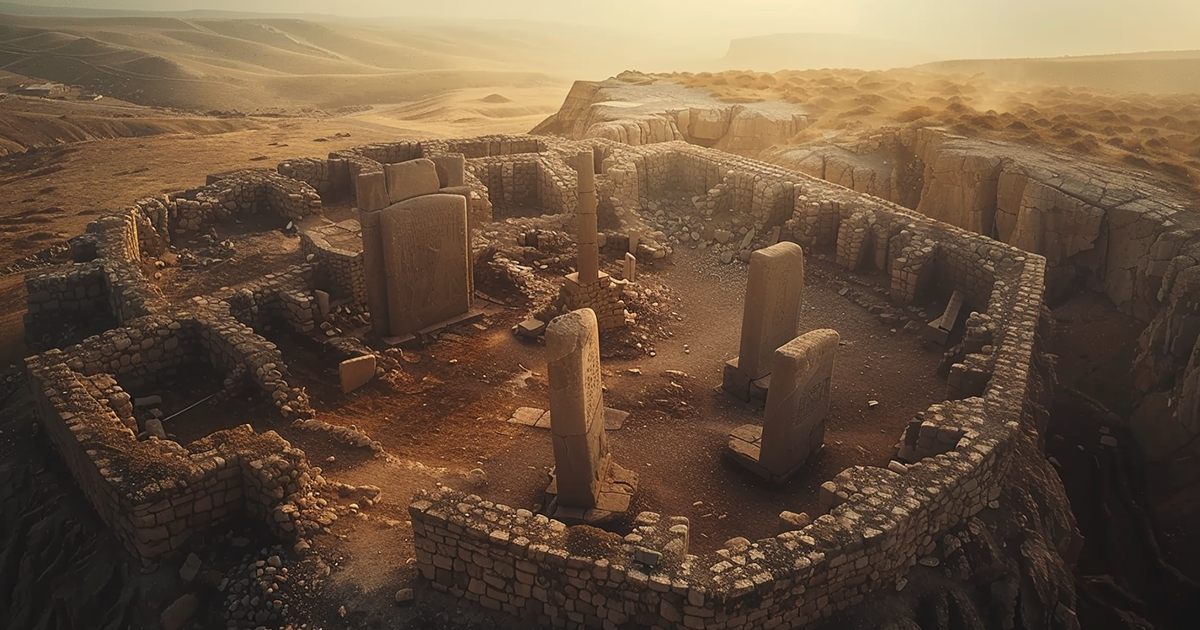Within the heart of Turkey lies a captivating riddle yearning to be solved. Göbekli Tepe, a mesmerizing feat of architecture predating renowned landmarks like the pyramids of Egypt and Stonehenge, stands as a testament to the ingenuity and allure of our early ancestors. Enduring for over 12,000 years, this location continues to captivate scholars and archaeologists, sparking profound inquiries into the evolution of human civilization.
Spellbound by the mysteries of Göbekli Tepe, we are compelled to decode its cryptic signs. Picture a realm where nomadic tribes, devoid of modern tools or animal aid, constructed a sophisticated marvel defying logic. Today, we set forth on a journey across time, immersing ourselves in the deep enigmas of Göbekli Tepe, where each etching and intricate motif alludes to a profound cosmic connection and a forgotten society.
Nestled in Southeastern Anatolia, Turkey, Göbekli Tepe shines with its grand circular layouts embellished with towering stone pillars, heralded as among the oldest megaliths globally. These pillars, some stretching up to 30 meters, exhibit elaborate humanoid features and artistic depictions of wildlife, shedding light on ancient spiritual ideologies and symbolisms.

The uniformity observed in Göbekli Tepe’s structures is striking—every circle showcases two colossal T-shaped pillars facing each other, painstakingly crafted from limestone sourced just 100 meters away. While discussions persist about the potential roofing of these edifices, remnants of plaster on the walls indicate the likelihood of once having roofs.
By scholarly estimates, Göbekli Tepe traces back approximately 12,000 years ago, within the pre-pottery Neolithic era. Initially discovered in the 1960s, its genuine significance came to light in 1994 when a local shepherd stumbled upon one of the pillars, revealing intricate reliefs. Subsequent excavations unearthed a plethora of artifacts, reshaping our perceptions of ancient societies.
Contrary to the initial assumption of Göbekli Tepe serving as a Byzantine burial ground, further research revealed a sophisticated spiritual center rather than a permanent habitat. Nomadic communities deeply attuned to nature erected this mystical haven devoted to rituals and gatherings.
Beyond its architectural grandeur, Göbekli Tepe holds paramount significance. Recent discoveries such as sculptures depicting humans and animals imply a complex social and spiritual hierarchy, challenging conventional perspectives of early civilizations.
Diverse theories abound regarding the purpose and creators of Göbekli Tepe, ranging from extraterrestrial involvement to ties with cataclysmic events such as the Younger Dryas impact. The cosmic alignment of the site and its symbolic motifs suggest an advanced understanding of astronomy and cosmology.
While delving into the mysterious past of Göbekli Tepe, one fact remains consistent—it defies simplistic explanations. Transporting us through time, it prompts more queries than resolutions. Nonetheless, its legacy endures, prompting us to ponder the beginnings of human civilization and our role in the vast universe.
Göbekli Tepe stands as a tribute to human intellect, reminding us of the limitless wisdom and skill our forebears possessed. As we delve further into its enigmas, Göbekli Tepe urges us to reassess our past and ponder the potentials awaiting us in the future.
